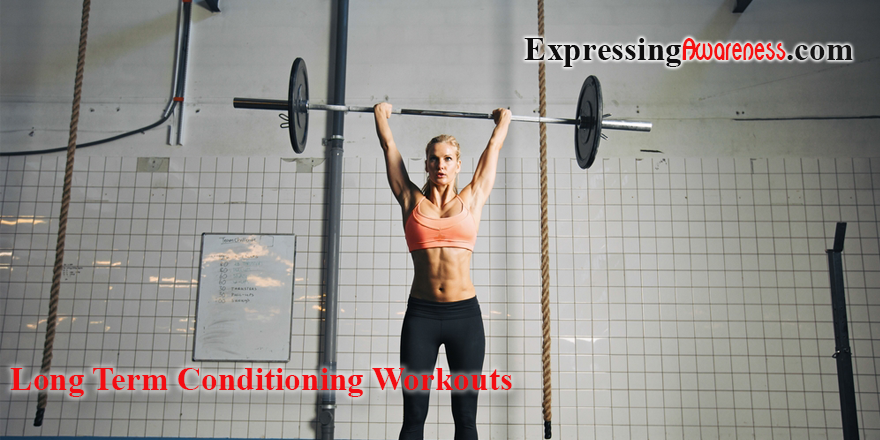
Workouts create both immediate and long-term benefits, however, retaining results is more likely to happen with long-term goal setting.
We may think that it is just a simple choice. Understanding adaptation helps us see how setting short-term goals may not help us retain long-term results.
Adaptation is our body’s natural response to sustained eustress of long-term conditioning workouts. The key is sustained stress over time. If your goal is to reach results and maintain long-term benefits, you need to subject the body to positive stress (eustress) over a long time. You need to provide and retain the environment for the body to adapt.
Improving cardiovascular health, improving flexibility, losing weight, and restoring function after an injury or surgery are all the long-term benefits, and adaptation is the key.
Results in workouts are adaptations, including mental, emotional, and physical adaptations.
When adaptations take hold, retaining results is much easier because you no longer have to strive to reach a new and unfamiliar state of experience, you live within it.
Let me give you three examples.
Long Term Conditioning Weight Loss Workouts
A primary part of workout plans for weight loss is to safely create oxygen deficit during a workout session.
One of the physical adaptions within the body in response to oxygen deficit is a more efficient heart and lung function that is a cardiopulmonary adaptation. You recognize oxygen deficit when you begin to gasp for breath. Reaching this level of stress without your physician’s input, prior training that includes ligament strengthening and eccentric exercise preparation is dangerous and creates maladaptation.
The other benefit of a well-designed weight loss plan is a change in mitochondrial density within your muscle cells. Increased mitochondrial density improves your basal metabolic rate (BMR) that allows your body to burn more calories even when you are not working out. Without this kind of adaption, the weight loss benefit of your workout ends when your session ends.
Bodybuilding Workouts
Bodybuilding workouts break down the existing skeletal muscle fibers and allow them to rebuild. Part of that rebuilding structure is increased in thickness is an adaption response to heavier (more intense) workout resistance intensity. Without the increase in resistance intensity and the necessary rest, the restructuring does not happen.
Flexibility Workouts
Many times before an injury like in an Achilles tendon rupture, we experience reduced pain-free range of motion in the ankle. Examination of the fascia around the gastrocnemius muscle (calf muscle) and the Achilles tendon could be very painful.
Sustained ankle flexibility exercises within the sagittal plane of movements, along with myofascial release techniques, provide an environment for the ankle to adapt to a higher range of motion.
The adaption to a higher range of motion helps reduce the chances of an Achilles tendon rupture and a reduction or elimination of calf muscle trigger points.
What is the benefit of a weight loss workout without increased mitochondrial density? Or a bodybuilding workout without an increase in skeletal muscle size? Or a flexibility workout without an increase in the pain-free range of motion?
Adaptation resulting from sustained effort is at the center of all desired workout outcomes.
When you plan your workouts, when you write down the steps that help you reach your goal, when you try to blend your short-term and long-term goals, remember sustained effort over a long time leads to adaptation.
Adaptation is the result of long-term conditioning workouts and not the short terms ones.